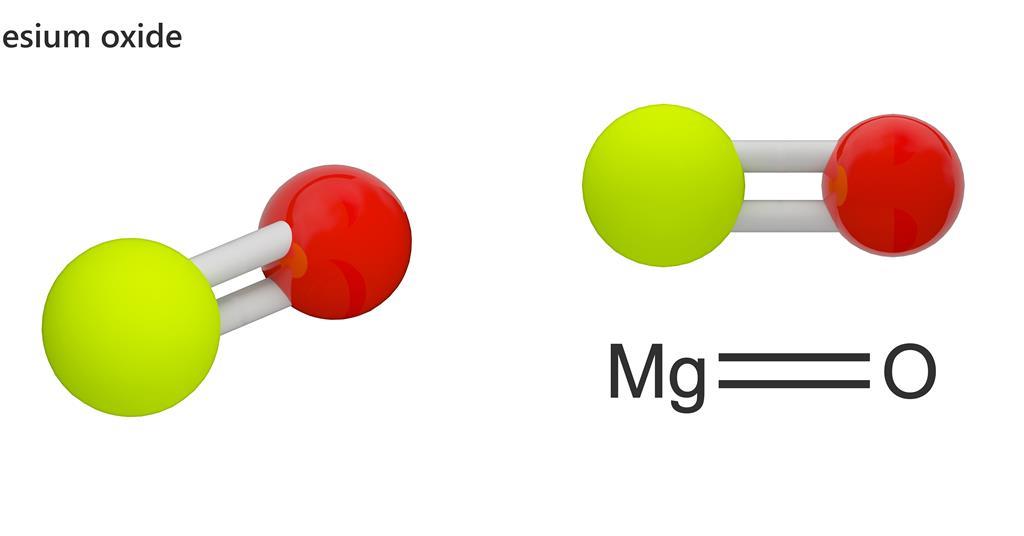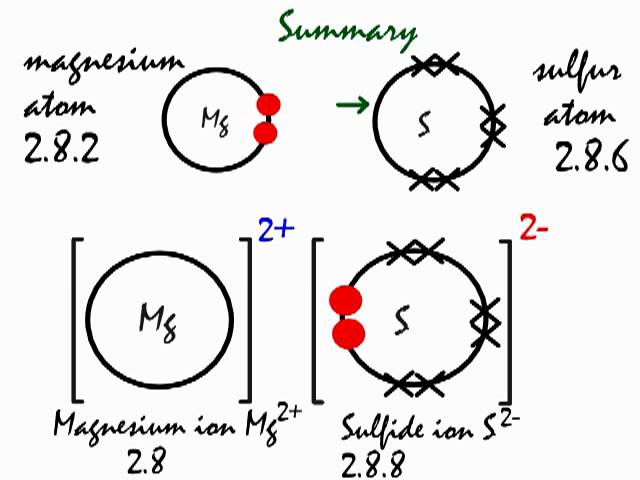The atomic number of magnesium is 12, which means that in its stable state, it has 12 protons and 12 electrons. An ion forms when an atom either loses or gains electrons. If the atom gains electrons, it becomes a negatively charged ion. If it loses electrons, it becomes a positively charged ion. Humans take in around 300 mg of magnesium per day and we need at least 200 mg, but the body has a store of around 25 g of this element in its skeleton so there is rarely a deficiency. Almonds, brazil nuts, cashew nuts, soybeans, parsnips, bran, and even chocolate are all rich in magnesium.

The original view of oxidation and reduction is that of adding or removing oxygen . An alternative approach is to describe oxidation as the loss of hydrogen and reduction as the gaining of hydrogen. This has an advantage in describing the burning of methane.

Mg+2 Has How Many Electrons
With this approach it is clear that the carbon is oxidized (loses all four hydrogens) and that part of the oxygen is reduced (gains hydrogen). Another reaction where the hydrogen approach makes things clearer is the passing of methanol over a hot copper gauze to form formaldehyde and hydrogen gas (Hill and Kolb):

Both carbon-containing molecules have the same oxygen content, but the formation of the formaldehyde is seen to be oxidation because hydrogens are lost. The formation of H2 is a reduction process as the two released hydrogens get together.
The formation of methanol from reacting carbon monoxide with hydrogen combines oxidation and reduction in the single molecular product.
Mg Electrons To Use
The CO is reduced because it gains hydrogen, and the hydrogen is oxidized by its association with the oxygen.

